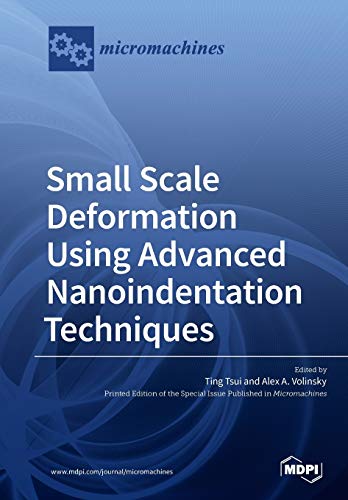

Most ebook files are in PDF format, so you can easily read them using various software such as Foxit Reader or directly on the Google Chrome browser.
Some ebook files are released by publishers in other formats such as .awz, .mobi, .epub, .fb2, etc. You may need to install specific software to read these formats on mobile/PC, such as Calibre.
Please read the tutorial at this link: https://ebookbell.com/faq
We offer FREE conversion to the popular formats you request; however, this may take some time. Therefore, right after payment, please email us, and we will try to provide the service as quickly as possible.
For some exceptional file formats or broken links (if any), please refrain from opening any disputes. Instead, email us first, and we will try to assist within a maximum of 6 hours.
EbookBell Team

0.0
0 reviewsSmall scale mechanical deformations have gained a significant interest over the past few decades, driven by the advances in integrated circuits and microelectromechanical systems. One of the most powerful and versatile characterization methods is the nanoindentation technique. The capabilities of these depth-sensing instruments have been improved considerably. They can perform experiments in vacuum and at high temperatures, such as in-situ SEM and TEM nanoindenters. This allows researchers to visualize mechanical deformations and dislocations motion in real time. Time-dependent behavior of soft materials has also been studied in recent research works. This Special Issue on "Small Scale Deformation using Advanced Nanoindentation Techniques"; will provide a forum for researchers from the academic and industrial communities to present advances in the field of small scale contact mechanics. Materials of interest include metals, glass, and ceramics. Manuscripts related to deformations of biomaterials and biological related specimens are also welcome. Topics of interest include, but are not limited to:
Small scale facture
Nanoscale plasticity and creep
Size-dependent deformation phenomena
Deformation of biological cells
Mechanical properties of cellular and sub-cellular components
Novel mechanical properties characterization techniques
New modeling methods
Environmentally controlled nanoindentation
In-situ SEM and TEM indentation